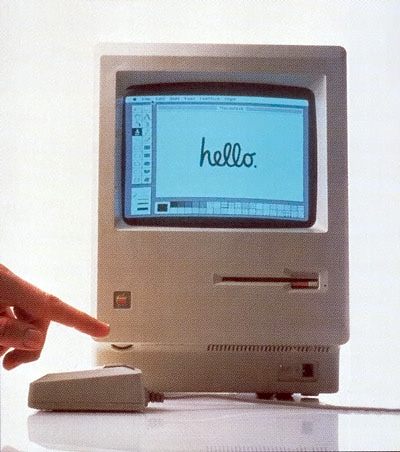When I was officiating hockey games in my younger days we were provided a lot of coaching, more so even than the players in the contest. One of the things impressed upon us was the fact that the best officials are invisible. The ideal contest is one where the participants and spectators went home having remembered only that an excellent game was played, with no memory whatsoever of they guys out there in striped shirts. That is not to say that we shouldn’t be there, only that we should not impose ourselves upon the contest in a fashion that would have us stand out. As an official our duties were to the game, and to only see that it was fairly played. Doing so takes a tremendous amount of skill. That fact seems counter-intuitive, but it is true. The best Referees and Linemen however are always the ones you never notice.
In many ways the same can be said of authors. If their storytelling craft is well-developed your mind becomes immersed in the tale. You see the images, the places, the people. Your immersion is so deep that the teller of the tale, through their very skill, becomes invisible. Doris Kearns Goodwin comes very close to this level of perfection in her book Team of Rivals. The only times I became aware of her were the moments when historical fact did not align perfectly with her central thesis; that Lincoln’s choice of Cabinet was political genius. Several grave errors and embarrassments were tossed off as minor when in the end they proved to be major. Otherwise however the read was delightful, and truly transported me back 140 years to this country’s darkest days; our Civil War. Growing up, as I did in “The Land of Lincoln” (as our license plates confirmed) we were taught as schoolchildren about the brilliance and greatness of Abraham Lincoln. He freed the slaves and saved the Union. But other than some dates, the Emancipation Proclamation, the Gettysburg Address, that night at Ford’s Theatre, and the 13th Amendment, we were rarely taught much in school about the man, as President, as a politician and leader. This book provides an excellent primer on the latter, while skimming over those towering issues linked above. It served therefore to me, as a nice counterweight to my schooling on Lincoln.
I’m glad I stumbled upon this book in the bookshelf and grabbed it, as it has provided me with a lot of food for thought. Thought concerning conflict resolution mostly, but also about our nation’s history and how political wounds can be healed. It was not until I was a few chapters into this book that I heard that our new President is also a fan of it. His choice of Secretary of State was lifted right from the pages. We’ll see how the rest plays out.







